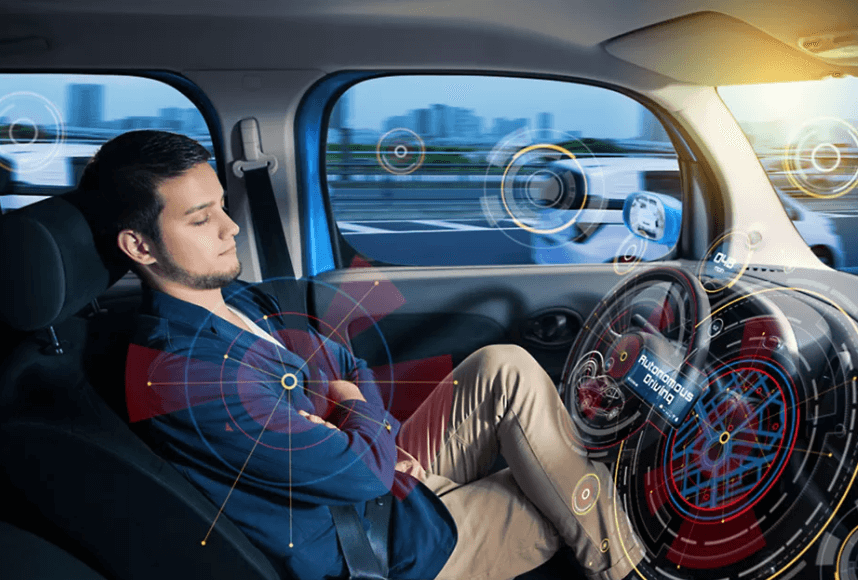The emergence of autonomous vehicles presents a complex landscape of benefits and challenges. While these vehicles promise enhanced safety and reduced traffic congestion, significant hurdles remain. Regulatory frameworks are still evolving, and public concerns about data privacy persist. Moreover, technological limitations, such as sensor reliability, pose barriers to widespread acceptance. Understanding the interplay between these advantages and obstacles is essential to grasp the future of transportation. What implications will this have for society at large?
Advantages of Autonomous Vehicles
As society increasingly embraces technological advancements, the advantages of autonomous vehicles become more apparent.
These vehicles promise significant cost savings through reduced fuel consumption and lower maintenance expenses. Additionally, their potential to optimize traffic flow contributes to a positive environmental impact by decreasing emissions.
See also: filmyzila
Safety Improvements and Risk Reduction
Safety improvements and risk reduction are among the most compelling arguments for the adoption of autonomous vehicles.
These vehicles utilize advanced collision avoidance systems, significantly decreasing the likelihood of accidents.
Furthermore, their ability to integrate real-time data enhances emergency response capabilities, allowing for quicker decision-making in critical situations.
Ultimately, this technology promises to transform road safety, offering freedom from the dangers of human error.
Regulatory and Ethical Challenges
While the potential for autonomous vehicles to revolutionize transportation is significant, navigating the regulatory and ethical landscape poses substantial challenges.
Key issues include liability concerns, particularly in accident scenarios, and privacy concerns regarding data collection and usage.
Establishing a comprehensive regulatory framework that addresses these challenges is essential to promote safe integration while safeguarding individual freedoms and civil liberties in this rapidly evolving technological landscape.
Technological Limitations and Public Perception
The integration of autonomous vehicles into everyday life is hampered not only by regulatory and ethical concerns but also by significant technological limitations and public perception issues.
Sensor accuracy remains a critical challenge, affecting safety and reliability.
Furthermore, apprehensions regarding data privacy hinder acceptance, as potential users fear unauthorized data collection.
Addressing these limitations is vital for fostering trust and facilitating broader adoption of autonomous technology.
Conclusion
In conclusion, while autonomous vehicles present numerous advantages, such as enhanced safety and reduced environmental impact, significant challenges must be addressed for widespread adoption. Critics often argue that these vehicles compromise human oversight, potentially leading to unforeseen consequences. However, advancements in artificial intelligence and machine learning are continuously improving decision-making algorithms, thereby enhancing system reliability. Ultimately, a balanced approach that considers both benefits and challenges will be essential for integrating autonomous vehicles into the fabric of modern transportation.




 The Ethics of Artificial Intelligence: What You Need to Know
The Ethics of Artificial Intelligence: What You Need to Know